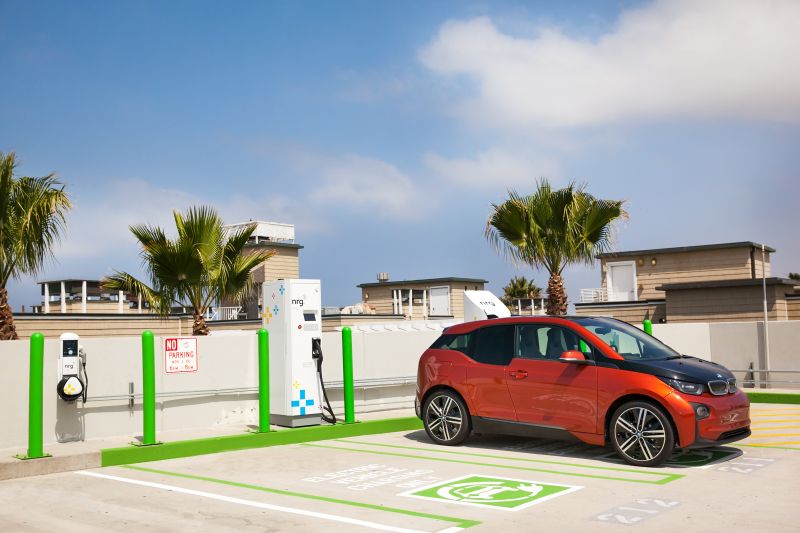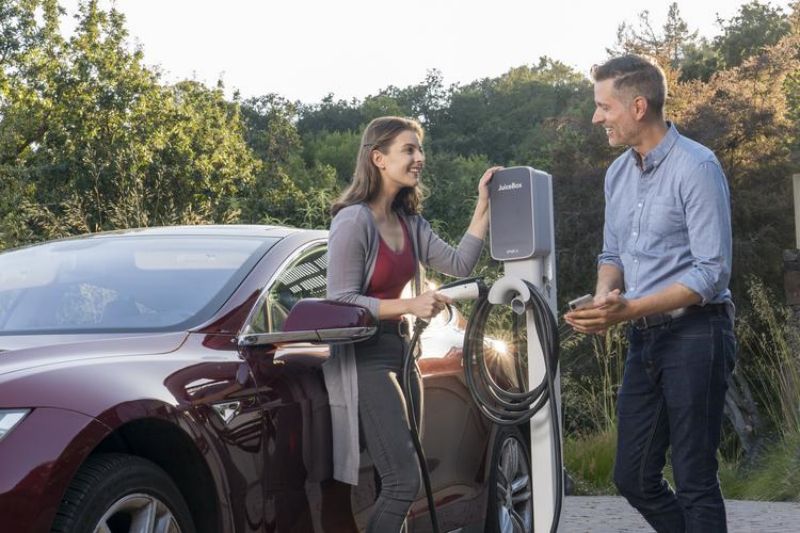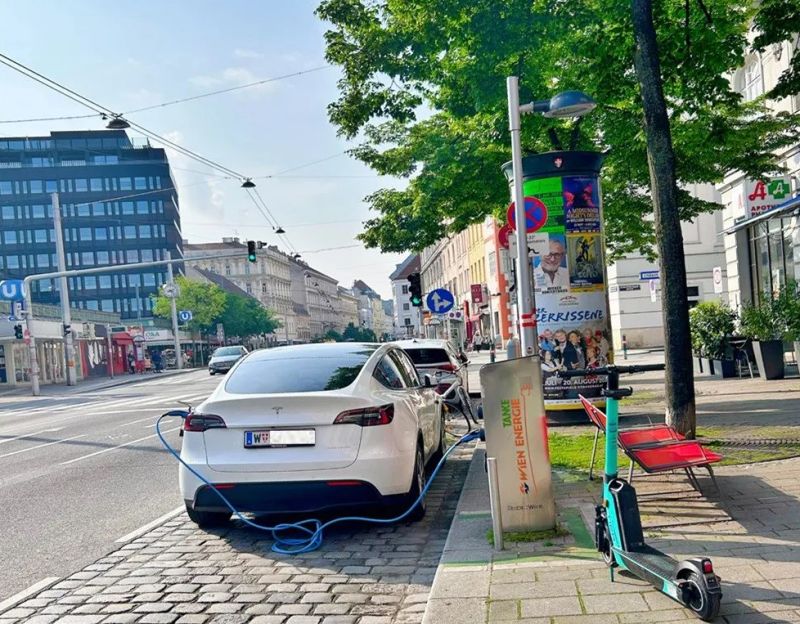When it comes to the most progressive country in Europe for charging station construction, according to 2022 statistics, the Netherlands ranks first among European countries with a total of 111,821 public charging stations nationwide, averaging 6,353 public charging stations per million people. However, in our recent market research in Europe, it is precisely in this seemingly well-established country that we have heard consumer dissatisfaction with the charging infrastructure. The main complaints focus on long charging times and difficulties in obtaining approvals for private charging stations, which make them less convenient to use.
Why, in a country with such high total and per capita numbers of public charging stations, are there still people expressing dissatisfaction with the timeliness and convenience of infrastructure use? This involves both the issue of unreasonable allocation of public charging infrastructure resources and the issue of cumbersome approval procedures for installing private charging equipment.

From a macro perspective, there are currently two mainstream models for the construction of charging infrastructure networks in European countries: one is demand-oriented, and the other is utilization-oriented.The difference between the two lies in the proportion of fast and slow charging and the overall utilization rate of charging facilities.
Specifically, the demand-oriented construction approach aims to meet the demand for basic charging infrastructure during the market's transition to new energy sources. The main measure is to build a large number of AC slow charging stations, but the requirement for the overall utilization rate of charging points is not high. It is only to meet the consumers' need for "available charging stations," which is economically challenging for the entities responsible for building charging stations.On the other hand, utilization-oriented charging station construction emphasizes the charging speed of the stations, for example, by increasing the proportion of DC charging stations. It also emphasizes improving the overall utilization rate of charging facilities, which refers to the percentage of electricity provided within a specific period compared to its total charging capacity. This involves variables such as actual charging time, total amount of charging, and rated power of charging stations, so more participation and coordination from various social entities are required in the planning and construction process.

Currently, different European countries have chosen different paths for charging network construction, and the Netherlands is precisely a typical country that builds charging networks based on demand. According to data, the average charging speed of charging stations in the Netherlands is much slower compared to Germany and even slower than in Southern European countries with slower new energy penetration rates. Additionally, the approval process for private charging stations is lengthy. This explains the dissatisfaction feedback from Dutch consumers regarding charging speed and the convenience of private charging stations mentioned at the beginning of this article.

To meet Europe's decarbonization goals, the entire European market will continue to be a growth period for new energy products in the coming years, both on the supply and demand sides. With the increase in new energy penetration rates, the layout of new energy infrastructure needs to be more reasonable and scientific. It should no longer occupy already narrow public transportation roads in core urban areas but increase the proportion of charging stations in locations such as public parking lots, garages, and near corporate buildings based on actual charging needs, to improve the utilization rate of recharging facilities. Additionally, urban planning should strike a balance between private and public charging station layouts. Especially regarding the approval process for private charging stations, it should be more efficient and convenient to meet the increasing demand for home charging from consumers.
Post time: Dec-01-2023





